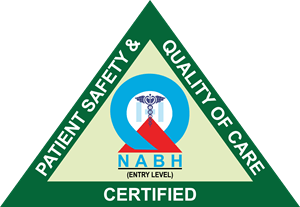TAVR Procedure
Whether a patient needs an open-heart surgical procedure or a TAVR depends upon various conditions. It is important to evaluate the risk factors that may affect the procedure. Once the TAVR procedure is finalized, the doctors can go ahead with the surgery.
The procedure is performed under local or short general anesthesia. A tiny incision is made in the groin to access the heart through a blood vessel. A catheter is then inserted and the catheter is guided towards the heart into the aortic valve. The new valve is then positioned at the appropriate place and the catheter is then removed.
The patient is kept under observation for few days in intensive care. Medications for pain relief and to prevent infection along with others are typically administered. Regular follow-ups and checkups are must after the discharge to look up if the new valve is functioning as expected.
Certain precautions and lifestyle changes are suggested after the surgery by a TAVR Specialist Cardiologist . These include excellent dental hygiene to help prevent these infections, a heart-healthy diet, exercising regularly, maintaining a healthy weight and avoiding smoking.
In conclusion, the TAVR procedure in Thane could be opted for patients in all risk categories. TAVR is a relatively new technique that could prove to be effective in improving the quality of life of patients who otherwise have no or restricted options for aortic valve treatment.





